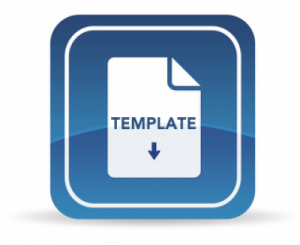PENYAKIT GINJAL POLIKISTIK SIMTOMATIK: PENCITRAAN, PATOFISIOLOGI, PROGNOSIS, DAN TERAPI
SYMPTOMATIC POLYCYSTIC KIDNEY DISEASE: MANAGEMENT, PATHOPHYSIOLOGY, PROGNOSIS, AND THERAPY
Abstract
Polycystic kidney disease is a life-threatening hereditary disease and is the most common cause of end-stage renal failure (ESRD). It can be classified into two based on the cause, namely Autosomal Dominant Polycystic Kidney Disease (ADPKD) and Autosomal Resecive Polycystic Kidney Disease (ARPKD). ADPKD is common, especially in adults, while ARPKD is more common in children. ADPKD occurs predominantly in adults, whereas ARPKD is a less common and often more severe form of polycystic kidney disease (PKD) that usually presents in the perinatal period or in early childhood. Cell biology and clinical research approaches have expanded our knowledge of the pathogenesis of ADPKD and ARPKD and revealed some mechanistic overlap between the two. Research in the understanding of the genetic and molecular pathogenesis of ADPKD and ARPKD has resulted in novel targeted therapies designed to disrupt cell signaling pathways responsible for abnormal cell proliferation, dedifferentiation, apoptosis, and fluid secretion characteristics of disease. Proper diagnosis of the type of polycystic kidney requires clinical, genetic, radiological, and pathological information.
Downloads
Published
How to Cite
Issue
Section
License
Copyright (c) 2021 Healthy Tadulako Journal (Jurnal Kesehatan Tadulako)

This work is licensed under a Creative Commons Attribution-NonCommercial-ShareAlike 4.0 International License.






